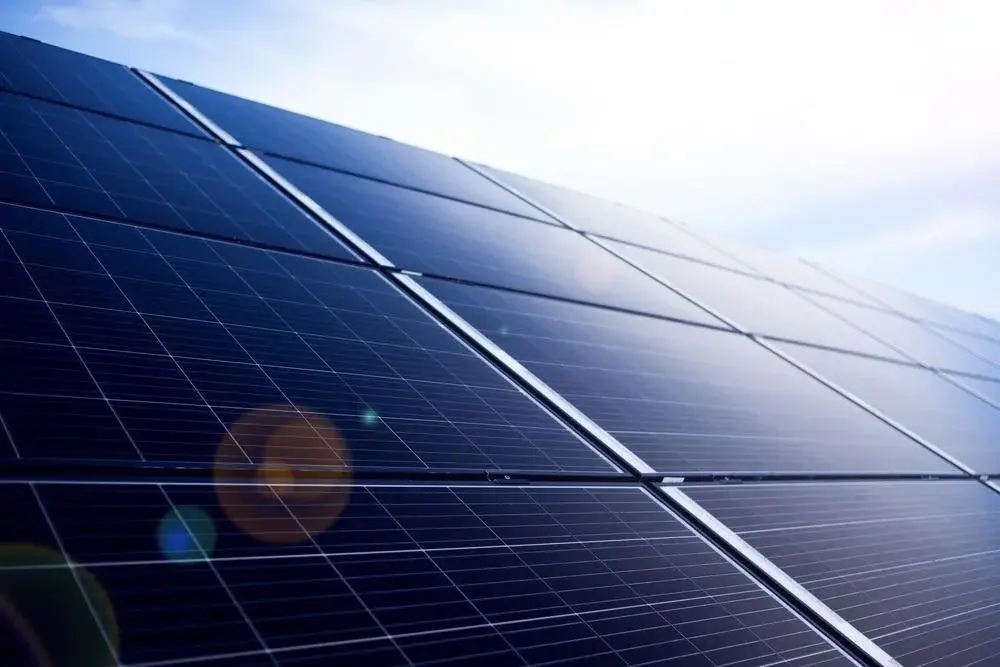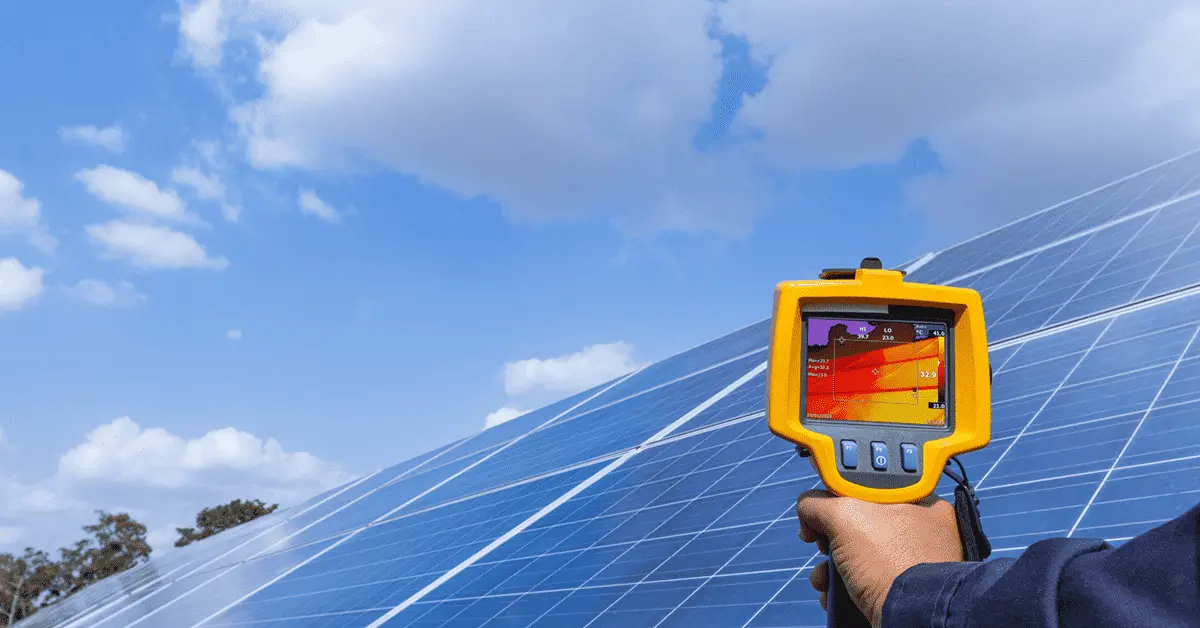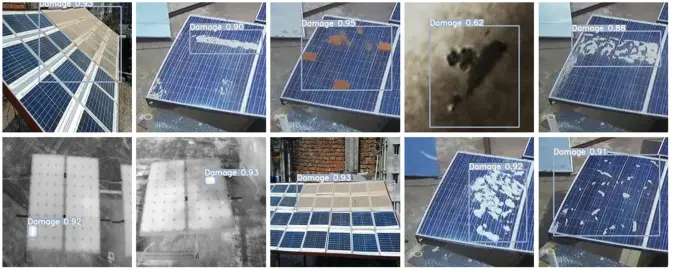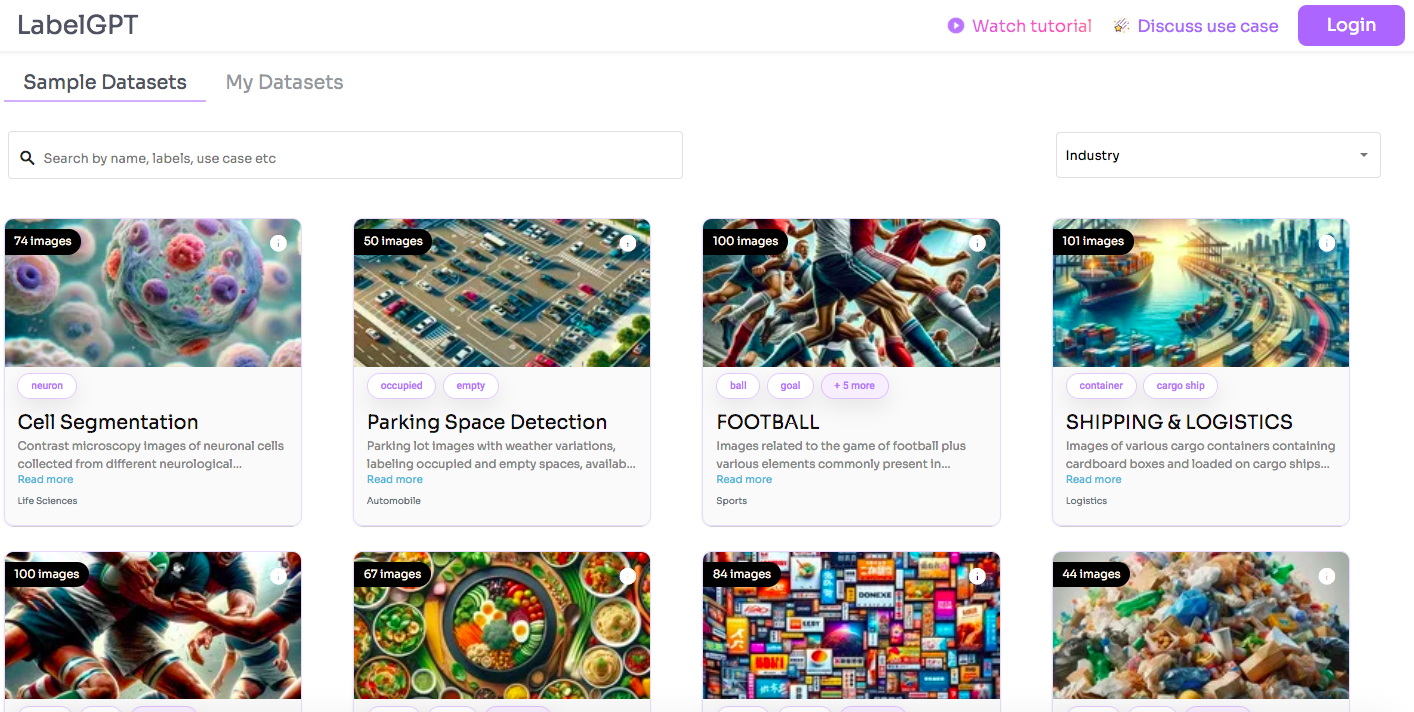Photovoltaic System Thermal Inspection using Computer vision

Introduction
In the global pursuit of sustainable energy solutions, photovoltaic (PV) systems have emerged as an essential technology for harnessing solar power. These systems convert sunlight into electricity, playing a vital role in reducing greenhouse gas emissions and combating climate change.
However, ensuring the optimal performance and longevity of PV installations is essential for maximizing their efficiency and reliability.
Photovoltaic (PV) systems are vital contributors to renewable energy generation, using sunlight to produce electricity. However, their efficiency can be compromised by various factors, including degradation, soiling, and malfunctioning components.
Traditionally, thermal inspection of PV systems has relied on manual methods or specialized thermal imaging equipment, which can be time-consuming, labor-intensive, and costly.
With the rapid advancements in computer vision technology, there is a growing interest in leveraging automated solutions to streamline thermal inspection processes and enhance the monitoring and maintenance of PV installations.
What is Photovoltaic System Thermal Inspection?

Photovoltaic System Thermal inspection refers to the process of evaluating the thermal behavior of photovoltaic (PV) systems, which are commonly known as solar panel systems.
PV systems convert sunlight into electricity, but various factors can affect their efficiency and performance over time.
Thermal inspection specifically focuses on monitoring the temperature distribution across the solar panels to identify anomalies, defects, or inefficiencies that may impact their operation.
During thermal inspection, infrared cameras or thermal imaging devices are used to capture thermal images of the solar panels. These images provide valuable information about the temperature distribution across the panels' surfaces.
Thermal anomalies, such as hotspots or temperature variations, can indicate potential issues within the panels, such as cell defects, shading, soiling, or electrical mismatches.
The goal of photovoltaic system thermal inspection is to detect and diagnose problems early, allowing for timely maintenance or repairs to optimize the system's performance and prevent costly downtime.
By regularly monitoring the thermal behavior of PV systems, operators can identify issues before they escalate, ensuring maximum energy output and prolonging the lifespan of the solar panels.
How does computer vision come into play?
Computer vision is a branch of artificial intelligence and computer science that focuses on enabling computers to interpret and understand the visual world.
It involves developing algorithms and techniques that allow machines to acquire, process, analyze, and extract information from digital images or videos in a manner similar to human vision.
Photovoltaic systems, which convert sunlight into electricity, consist of solar panels that are subject to various environmental factors and degradation over time.
One critical aspect of maintaining PV systems' efficiency and performance is monitoring their thermal behavior.
Thermal inspection involves detecting hotspots, defects, or anomalies in the solar panels, which can indicate areas of potential malfunction or inefficiency.

How does computer vision work in photovoltaic system thermal inspection?
Image Acquisition
Computer vision systems can utilize cameras, including infrared (IR) cameras, to capture images of the solar panels. Infrared imaging is particularly useful for detecting temperature variations across the panels, as hotspots or anomalies often manifest as temperature differences.
Image Processing
Once the images are captured, computer vision algorithms process them to enhance features relevant to thermal analysis. This may involve techniques such as image filtering, edge detection, and noise reduction to improve the clarity and accuracy of the thermal data.
Feature Extraction
Computer vision algorithms extract features from the images that are indicative of potential issues in the PV system. These features may include temperature gradients, hotspot locations, patterns of thermal distribution, and variations in panel surface temperature.
Anomaly Detection
By analyzing the extracted features, computer vision systems can identify anomalies or deviations from expected thermal patterns within the solar panels. These anomalies may signify defects such as cell cracks, delamination, soiling, shading, or malfunctioning bypass diodes, which can impact the system's performance.
Localization and Quantification
Computer vision algorithms not only detect anomalies but also localize them within the solar panels and quantify their severity. This information helps prioritize maintenance and repair efforts and provides valuable insights into the overall health and condition of the PV system.
Automation and Efficiency
By automating the thermal inspection process using computer vision, PV system operators can significantly improve efficiency and scalability. Automated analysis reduces the need for manual inspection, saves time, and enables more frequent monitoring, leading to early detection of issues and proactive maintenance.

Uses of computer vision in thermal inspection
Computer vision in photovoltaic thermal inspection serves multiple purposes, primarily aimed at enhancing system performance and longevity. Some key uses include:
Fault Detection
Computer vision algorithms can analyze thermal images to identify anomalies such as hotspots, which may indicate malfunctioning cells or components. Detecting these faults promptly can prevent further deterioration and potential system failures.
Performance Monitoring
By continuously monitoring the temperature distribution across PV panels, computer vision systems can assess the overall performance of the system. Deviations from expected temperature profiles can signal efficiency losses or underlying issues that require attention.
Predictive Maintenance
Through the analysis of thermal data over time, computer vision algorithms can predict maintenance needs and schedule interventions proactively. This predictive approach helps minimize downtime and repair costs while maximizing system uptime and energy output.
Quality Assurance
During installation or manufacturing processes, computer vision can ensure the quality and integrity of PV components by inspecting their thermal characteristics. This ensures compliance with standards and reduces the risk of defects impacting system performance.
Conclusion
In summary, computer vision plays a vital role in photovoltaic system thermal inspection by automating the analysis of thermal imagery, detecting anomalies, and providing actionable insights for maintenance and optimization.
By leveraging advanced algorithms and image processing techniques, computer vision enhances the efficiency, accuracy, and scalability of PV system inspection, contributing to the sustainability and reliability of solar energy generation.
Frequently Asked Questions
Q1) What is photovoltaic system thermal inspection?
Photovoltaic system thermal inspection is a process of monitoring and evaluating the temperature distribution across solar panels to identify irregularities or anomalies that could impact their performance.
This inspection helps detect issues such as cell defects, shading, soiling, and electrical mismatches, which may lead to decreased energy output or system failures.
Q2) How does computer vision contribute to photovoltaic system thermal inspection?
Computer vision uses advanced algorithms to analyze thermal images captured by infrared cameras or other thermal imaging devices.
These algorithms can identify temperature variations, patterns, and anomalies within the images, enabling the detection of potential problems in the solar panels.
By automating the analysis process, computer vision enhances the efficiency and accuracy of thermal inspection in photovoltaic systems.
Book our demo with one of our product specialist
Book a Demo

